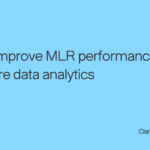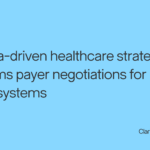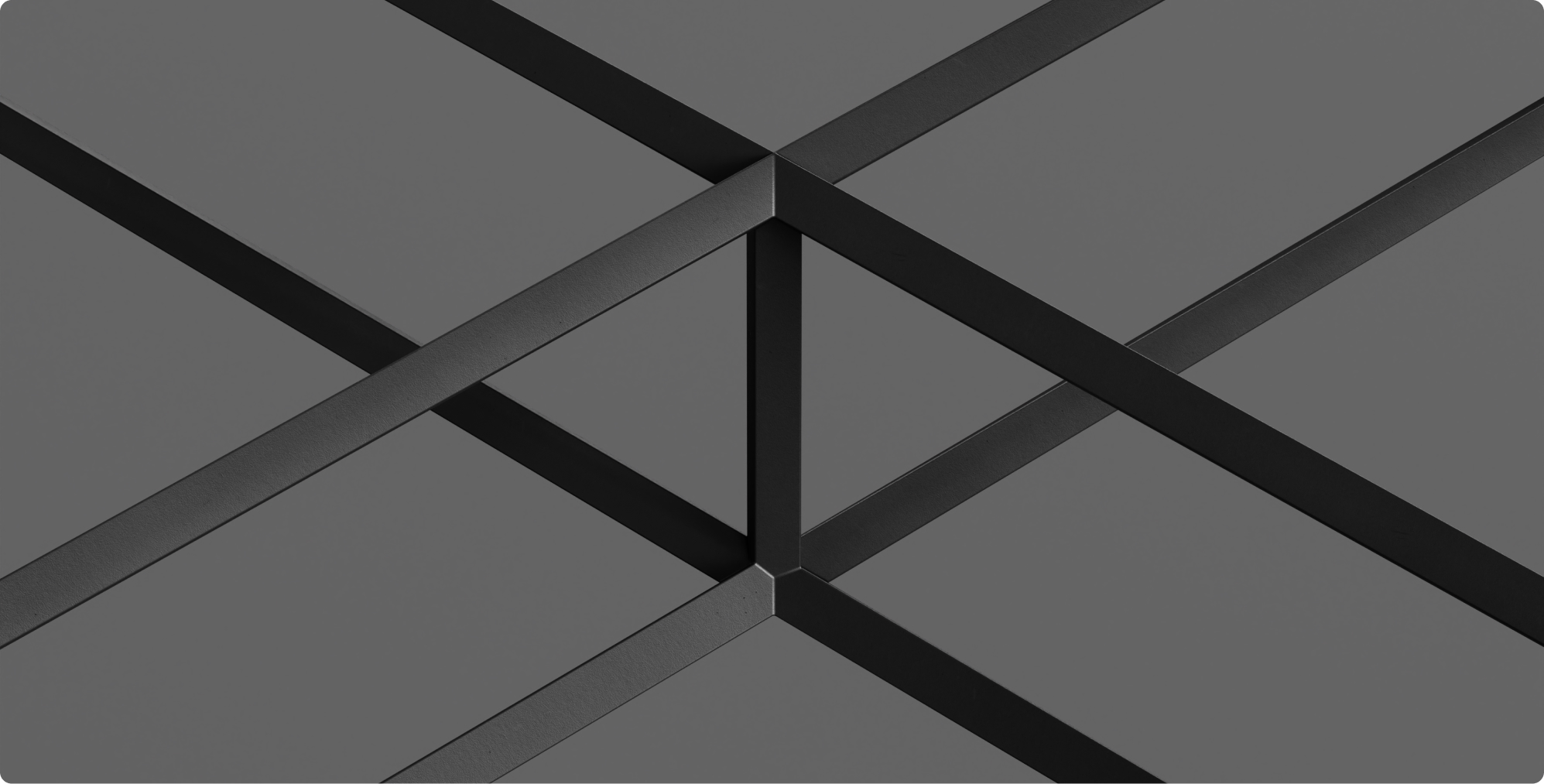Though difficult, patient journey mapping is an invaluable process for health systems. Having a complete picture of how patients access and move through the health system allows administrators to see how the organization is performing at each touch point. For the patient, this can lead to improved patient experience, better-informed patient outreach efforts, and a higher-quality care experience overall. For the business, understanding patient journeys allows hospitals to make strategic decisions to drive increased patient volume and loyalty. A patient seeing a doctor for their annual wellness visit may seem like the end of a fairly simple journey with just two steps: Getting their checkup and going on their way. But in reality, for a patient to end up at that appointment, they had to research providers, schedule it, enter insurance information and fill out their medical history. After the fact, they also have to navigate obtaining any follow-up referral appointments, filling prescriptions, and paying their bill. Not only is it a multi-step journey — it’s a multi-siloed one. With data living in various portals, scheduling apps, electronic health record systems, and even in completely separate pharmacy and health plan databases, mapping the patient’s journey across the care continuum can be extremely difficult. If all patient information lived together on a unified platform instead of disparate silos, health systems could better connect data points together to map the full patient journey, from scheduling to referrals and beyond. Deploying a unified data platform to break down healthcare data silos will enable a higher quality, more personalized care experience. While data silos — groups of information isolated from one another, often accessible to only certain departments or a single organization — aren’t unique to healthcare, they do present unique issues in the industry because of their negative downstream effects on patient health and well-being. Siloed healthcare data can lead to incomplete or inaccurate patient profiles or medical records. It’s an all-too-common problem: In a 2020 survey, 21.1% of patients who looked at their medical records reported finding an error. And the researchers found that older and sicker patients were twice as likely to find and report an error — which they said indicates even more severe safety and care quality implications. Health plans and provider organizations also operate in silos separate from one another. Their inability to efficiently exchange data about their shared patients and members prevents clinicians from getting a full view of their patient’s health. Data silos also impact the care teams and health plan employees who serve the patient. Healthcare workers are already experiencing high levels of burnout and leaving the profession in droves. Fragmented workflows and siloed data can contribute to repetitive work and other inefficiencies that further contribute to stressed-out, paperwork-laden employees. Information silos may be a reality of today, but there are steps to take and strategies to apply that can help break down the walls between data groupings and empower higher-quality care. Promoting open communication among all sections of an organization is a good low-cost way to start removing information barriers. Organizations can encourage scheduling a regular cadence of meetings, so clinicians, IT staff, data analysts, patient experience team members, and others can gather and share their knowledge. Since this may be a culture shift in some organizations, leaders will need to communicate the importance of these meetings and lead by example until it becomes an organization-wide priority. Without data standards, it’s impossible for providers and health plans to share data internally or across organizations in a way that’s easily understood. Adopting common data standard systems, like those set by HL7 and other organizations, is an important step to facilitating useful data sharing in healthcare. When organizations have standardized data and can speak each other’s language, everyone gets a more comprehensive view of the patient’s health journey. An enterprise analytics platform that brings together patient data from disparate sources, including EHRs, insurance claims, wearables, and patient-generated data, completely destroys healthcare data silos. Such a platform will unlock a 360-degree view of each patient’s journey through the care continuum and provide insights that can be put into action. A platform that brings together patient data from every healthcare stakeholder is a powerful tool as the industry continues to transition to value-based care. Because the platform provides the most comprehensive map of a patient’s journey, providers will see where care gaps exist and identify opportunities to better serve their patients. Entering into new markets or expanding service lines, for instance. Or they can more clearly assess if a patient needs support around certain social determinants of health, like transportation to appointments or access to healthy food. This will not only drive higher patient satisfaction, but it also can lead to improved outcomes through earlier interventions or tailored treatments. On the administrative end, a unified data platform can increase efficiency and reduce redundant work that plagues hospitals today. This will streamline workflows and save time and resources for both provider teams and health plans. Finally, an enterprise analytics platform that integrates and analyzes patient data from across the continuum can uncover new findings and spark innovation in patient care and experience. Data living in siloed applications and organizations prevent providers from creating a comprehensive map of their patients’ care journeys. This is detrimental to care improvement efforts and to the patient experience as a whole. Healthcare organizations that prioritize implementing a unified data platform will see positive downstream impacts on their patients and the care teams and health plans that serve them. Why is patient journey mapping so hard?
The detrimental effects of data silos in healthcare
3 strategies to break down healthcare data silos
Encouraging communication and collaboration between departments.
Ensuring interoperability.
Adopting a unified data platform.
The benefits of implementing a unified data platform
From fragmented directions to a complete patient journey map
- Author Details





